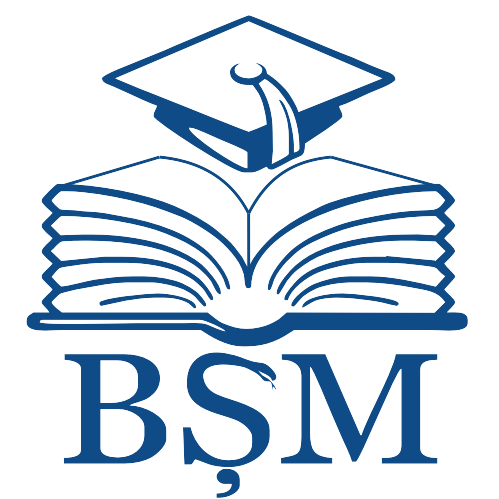| DC Field | Value | Language |
|---|
| dc.contributor.author | El Alamy, Hamdy | |
| dc.date.accessioned | 2024-10-28T12:50:28Z | |
| dc.date.accessioned | 2024-11-18T22:39:27Z | |
| dc.date.available | 2024-10-28T12:50:28Z | |
| dc.date.available | 2024-11-18T22:39:27Z | |
| dc.date.issued | 2024 | |
| dc.identifier.citation | EL ALAMY, Hamdy. Significance of circadian rhythm for cardiac homeostasis. In: MedEspera: the 10th Intern. Medical Congress for Stud. and Young Doctors, 24-27 April 2024: abstract book. Chișinău, 2024, p. 367. ISBN 978-9975-3544-2-4. | en_US |
| dc.identifier.isbn | 978-9975-3544-2-4 | |
| dc.identifier.uri | https://medespera.md/en/books?page=10 | |
| dc.identifier.uri | https://repository.usmf.md/handle/20.500.12710/28773 | |
| dc.description | Universitatea de Stat de Medicină şi Farmacie „Nicolae Testemiţanu”, Chişinău, Republica Moldova | en_US |
| dc.description.abstract | Introduction. Circadian rhythm plays a crucial role in the homeostasis of the cardiovascular system through hormonal secretion and the regulation of the nervous system's activity.
Aim of study. This research aims to understand the role of circadian rhythm in regulating cardiac homeostasis.
Methods and materials. The methodology relies on reading and analyzing 23 scientific articles published in PubMed and Google Scholar databases between 2019 and 2021, focusing on the source, publication date, and relevance to the topic. Keywords used include "cardiac homeostasis,* *circadian rhythm,' and "blood pressure variation.
Results. Research has shown the circadian rhythm’s involvement in maintaining cardiac homeostasis, highlighting proteins such as BMAL1 and Clock. These proteins, binding to DNA sequences encoding circadian rhythm proteins (EBOX), not only initiate the synthesis of circadian rhythm-regulating proteins but also play a negative feedback role to ensure balance also their influence extends from regulating sympathetic (SNS) and parasympathetic (SNP) nervous systems to releasing hormones. The SNS, active during the day, generates positive inotropy, intensifying parameters like contraction force and heart rate. Conversely, the SNP, active during the dark phase, induces negative inotropy, moderating contraction force, conduction, and heart rate. Additionally, cyclically released hormones like aldosterone and cortisol cause vasoconstriction, adding a positive inotropic effect. These interactions become particularly significant in stressful situations, such as intense physical activity, where hormones inducing positive inotropy, via vasoconstriction, are released to meet the body's needs through neoglucogenesis stimulation, allowing glucose release into the bloodstream. These circadian rhythm oscillations also extend to metabolic processes, including increased synthesis of triglycerides and glycogen in the later part of the wakefulness phase, enabling the body to store reserves for the subsequent wakefulness phase. This phase also involves protein and phospholipid synthesis, contributing to cellular regeneration.
Conclusion. The results demonstrate that circadian rhythm-regulating proteins, such as BMAL1 and Clock, influence various aspects, from modulating nervous systems to releasing key hormones, impacting cardiac function. These interactions also extend to metabolic processes, emphasizing the extensive involvement of circadian rhythms in cardiovascular health. To optimize heart health, it is advisable to adopt regular lifestyle habits, such as maintaining consistent sleep schedules, promoting a balanced diet, and engaging in regular physical activity to support circadian rhythm and promote optimal cardiac homeostasis. | en_US |
| dc.publisher | Instituţia Publică Universitatea de Stat de Medicină şi Farmacie „Nicolae Testemiţanu” din Republica Moldova | en_US |
| dc.relation.ispartof | MedEspera: The 10th International Medical Congress for Students and Young Doctors, 24-27 April 2024, Chișinău, Republic of Moldova | en_US |
| dc.subject | cardiac homeostasis | en_US |
| dc.subject | cardiac function | en_US |
| dc.subject | cardiovascular physiology | en_US |
| dc.subject | Circadian Rhythms | |
| dc.title | Significance of circadian rhythm for cardiac homeostasis | en_US |
| dc.type | Other | en_US |
| Appears in Collections: | MedEspera 2024
|


